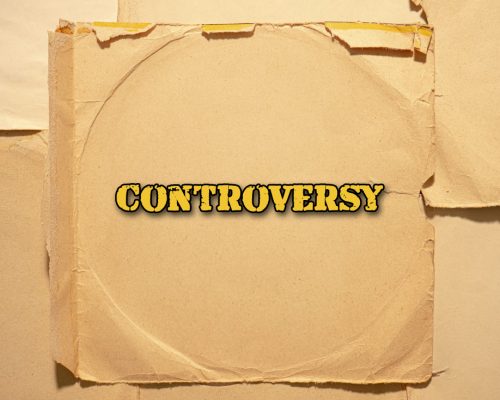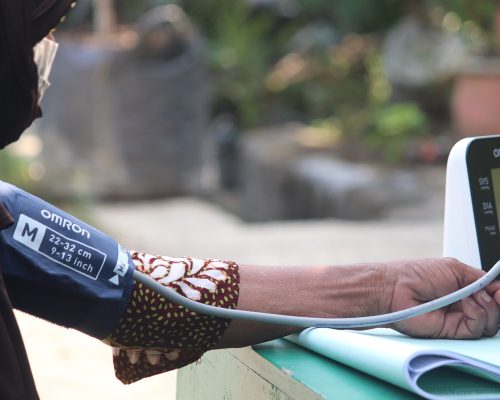Dear PAO,
My son is engaged in the business of buying and selling construction equipment. One day, a person represented himself as the owner of a road grader. He showed his certificate of ownership and an affidavit attesting his ownership of the equipment. Later, the police raided his shop and took the grader. According to the police, it was stolen from the Department of Public Works and Highways (DPWH) while under repair. An information was filed against my son, who was tried for violating Presidential Decree (PD) 1612, otherwise known as the “Anti-Fencing Law.” We verified with the DPWH Central Office if the equipment was on their inventory list, but it was not there. Likewise, in good faith, my son relied on the documents of ownership presented to him. Can he still be made liable for fencing?
Meng
Dear Meng,
Please be informed of the Honorable Supreme Court’s ruling in the case of Mariano Lim v. People of the Philippines (GR 211977, Oct. 12, 2016, Ponente: J. Velasco Jr.), where it was provided that:
“The following are the essential elements of the crime of fencing:
“1. A crime of robbery or theft has been committed;
“2. The accused, who is not a principal or accomplice in the commission of the crime of robbery or theft, buys, receives, possesses, keeps, acquires, conceals, sells or disposes, or buys and sells, or in any manner deals in any article, item, object or anything of value, which has been derived from the proceeds of the said crime;
“3. The accused knows or should have known that the said article, item, object or anything of value has been derived from the proceeds of the crime of robbery or theft; and
“4. There is on the part of the accused, intent to gain for himself or for another.”
As stated in the above case, the crime of fencing has four requisites that must be proven in order to hold the accused guilty of violating PD 1612, known as the “Anti-Fencing Law.” However, in this case, the Court further clarified that ownership of the thing stolen should also be sufficiently established. As you have stated, the verification from the Central Office yielded that the equipment was not among those included in the inventory of DPWH. In the above-mentioned case, the agency presented a Memorandum of Receipt but failed to adduce any concrete proof of ownership, nor was it included in the inventory of items of the agency, viz:
“Even the Memorandum Receipt submitted by the prosecution and relied upon by the trial court is wanting. Nowhere in the Memorandum Receipt does it state that the subject grader is owned by the DPWH. The portions which should show the date acquired, property number, classification number, and unit value for the grader were left blank. At best, the Memorandum Receipt is a mere indicator that the subject grader was received by Engr. Gulmatico for his safekeeping arid responsibility.
“Being the government agency in charge of construction projects, the DPWH is expected to have a database of all equipment and materials it uses for easy reference of its employees. The prosecution’s failure to present sufficient proof of ownership of the grader despite the many opportunities it had to do so places doubt on the DPWH’s claim of ownership. Thus, it cannot be said that the first element of fencing had been established.”
Furthermore, the reliance of your son on the affidavit of ownership, being a notarized document, carries with it the presumption of regularity. According to the Supreme Court, the presumption of fencing embodied under Section 5 of PD 1612, therefore, cannot be applied:
“On the presumption that fencing had been committed as provided by Sec. 5 of PD 1612, we rule that petitioner was able to overcome the same upon his presentation of the Affidavit of Ownership which he secured from, Petronilo Banosing.
“Both the RTC and the CA failed to consider that the Affidavit of Ownership given by Petronilo Banosing to petitioner was a duly notarized document which, by virtue of its notarization, enjoys a presumption of regularity, as elaborated in Ocampo v. Land Bank of the Philippines: x x x
“Respondent argues that the presumption of regularity of the notarized Affidavit of Ownership had been overturned. We rule otherwise. As pointed out by respondent, to overcome the presumption of regularity of notarized documents, it is necessary to contradict it with ‘evidence that is clear, convincing and more than merely preponderant.’ Contrary to respondent’s assertion, the ownership of the subject grader was not conclusively established by the prosecution. As earlier stated, Engr. Gulmatico was unable to confirm its ownership in his testimony. Further, the Memorandum Receipt also failed to establish this. Despite the many opportunities to submit additional proof of ownership, the prosecution failed to do so.”
Considering everything, your son cannot be prosecuted and convicted for the crime of Fencing because the prosecution will not be able to prove ownership of the thing alleged to be stolen and that your son relied in good faith on the certificate of ownership and affidavit of ownership presented to him by the seller.
We hope that we were able to answer your queries. Please be reminded that this advice is based solely on the facts you have narrated and our application of the same. Our opinion may vary when other facts are changed or elaborated on.
Editor’s note: Dear PAO is a daily column of the Public Attorney’s Office. Questions for Chief Acosta may be sent to dearpao@manilatimes.net


























